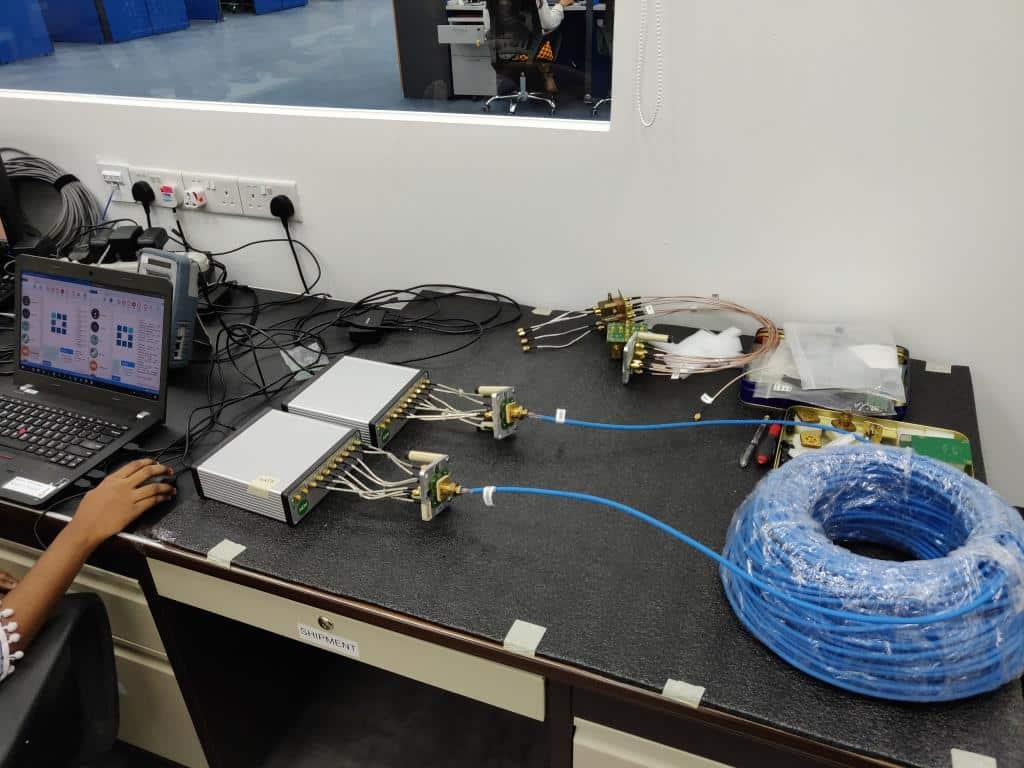Overview
The MMVNA – 200 is a comprehensive, compact, customizable, and cost-effective tool for manufacturing or lab testing. With numerous test fixtures for testing components such as raw cable, connectors, patch-cords, or cable harnesses MMVNA significantly reduces the effort in setting up test environment. Its powerful VNA Manager Pro software provides a wide range of S-parameter selections, unlimited plots, and traceable test reports. You can even configure secondary parameters such as ACR-F, capacitance, inductance, step or impulse response time domain plots, and more!






